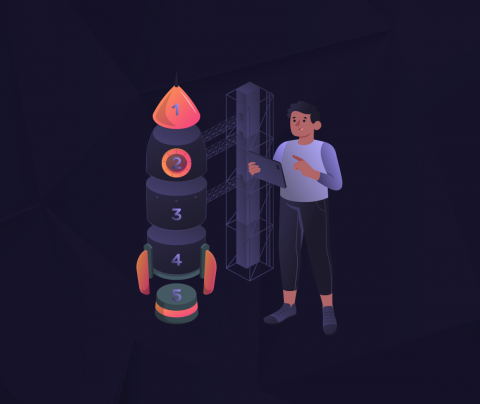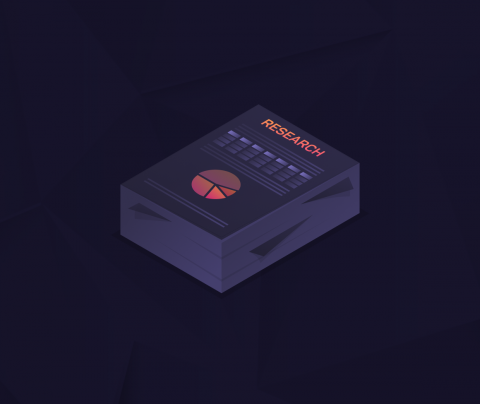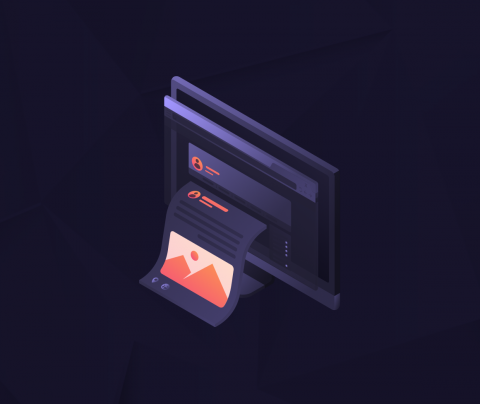I’ll be honest with you upfront: the biggest reason people struggle to find high-ticket affiliate products has nothing to do with supply. They exist. The problem is knowing which sources to trust.
That uncertainty poisons the whole game. You can master traffic, polish your copy, and pick a hot niche, but none of it matters if the offer you promote short-changes your commissions month after month. I’ve watched many solid marketers dive in, convinced that high-ticket automatically means high quality, only to discover too late that only new reviews or better branding mask weak payouts and poor support.
So if you are sick of sending paid traffic to promising links only to see the money vanish into thin air, you are exactly the person this message was written for.
Why Most Affiliate Marketers Never Make It Past $1K/Month
Let’s start here: the average affiliate earns embarrassingly little. I’m talking less than $300/month for 80% of the people in the game. Why?
Because they’re pushing $20 products that give them a $2 cut. Or they’re promoting big-ticket programs that look good on the surface but are full of loopholes, shady terms, and sketchy tracking systems that practically guarantee they won’t get paid.
You know the type:
- “You only get paid if the user stays 90+ days.”
- “Commissions are pending review… forever.”
- “We had some technical issues this month.”
Sound familiar? Thought so. This isn’t a one-time screw-up. This is systemic. This is a structural problem. Most high-paying affiliate marketing programs are built to benefit the house, not the player.
That’s why doing this well takes more than finding “the best product.” You have to think like a real business owner. That means understanding how affiliate economics work, what kind of offer structures are worth your time, and how to protect yourself when you start pushing serious volume.
Researching the Right Platforms – Not the Flashy Ones
Let’s be clear – not all affiliate networks are created equal. And most of the public ones? They’re built for beginners. The payouts are low, the competition is high, and the support is slow.
If you want high-ticket commissions, you have to go off the beaten path.
I focus on:
- Private and semi-private affiliate programs – Brands with strong offers and serious customer LTVs often don’t list their programs on affiliate directories. They want quality, not quantity. I’ve found some of my best opportunities by reaching out directly to SaaS companies, online education brands, and high-ticket coaches.
- Niche-specific partner networks – If you’re in verticals like finance, business software, health, or high-end services, there are smaller, more focused networks with better terms and more personalized support. These places aren’t flashy. They’re quiet. But the real money’s usually there.
The trick is knowing how to approach them. You don’t need to beg. You need to position yourself as a performance partner – someone who sends real traffic and expects real payouts. That’s the energy that opens doors.
The Commission Problem Nobody Talks About
Now let’s address the elephant in the room: commission structures.
This is the area where too many affiliates end up getting finessed. They hear the term high-ticket and picture a $500 payout, and sure, sometimes it delivers that much; other times, it only pays if they clear all seventeen arbitrary hoops buried in the fine print.
Here are the basics I double-check before signing on to promote anything:
- Clear payout terms. I don’t want vague promises. I want to know exactly what event triggers a commission and when that money lands in my account. If it isn’t spelled out in writing, it simply doesn’t exist for me.
- Real cookie windows. Thirty days is my baseline; anything shorter risks leaving serious dollars on the table.
- Conversion data access. If I can’t see where my leads drop off-whether at the opt-in page, the sales call, or after the sale-then I am flying blind. No bueno.
- Lead validation policy. This one matters more than most people realize. Some networks happily cancel your leads later for reasons like the email bounced, or we could not verify their intent. If you never see that decision up close, you lose control of your revenue.
I’ve watched entire campaigns-thousands of dollars in ads-go up in smoke after an affiliate program quietly changed its payout model halfway through. That isn’t a glitch; that’s the system running exactly as the creators built it to shield them, not the publisher.
And Then Comes the Black Hole: Tracking
Here’s the nightmare anyone buying traffic fears. You lock in a good offer, fire a campaign, clicks pour in, and then you peek at the payout dashboard… Nothing. When you nudge support, the reply is always the same: “We’re still reviewing those leads.” Translation: “Maybe we’ll pay, maybe we won’t, and good luck proving otherwise.” That uncertainty can sink a whole month’s profit. When your tracking system feels like a black box, every dollar spent beyond fifty will haunt you. Scale past that point, and the blind spot burns cash faster than you can reload the funnel.
Enter Hyperone, the only tool I trust to pull back the curtain. I’m not pushing an upsell – I know too many media buyers who hang their hats on high-ticket traffic and settle for half-hearted numbers. You deserve more than “wait for next week” visibility. You need real-time lead tracking, rock-solid attribution, and zero wiggle room for excuses. With Hyperones’ internal engine, I can replay every journey from click to conversion. I see who gets credit, where the lead popped up, what device showed up, and whether the traffic cleared the fraud gauntlet. And that last detail, fraud, is everything when margins are thin.
Big payouts naturally pull in dodgy traffic. Once your campaign hits serious scale, you’ll quickly discover fraud lurking around every corner. Bots, click farms, and useless leads from questionable publishers show up fast if you leave a crack open, so a solid, three-layer shield is a must. Luckily, Hyperone delivers exactly that right out of the box.
Why Tracking Matters More Than Traffic
You can run full-color, high-converting ads all year long, but the campaign means nothing if the results can’t be traced. Scaling only shows progress on a spreadsheet until questioned commissions are answered and defended with solid numbers, yet most dashboards leave that work to someone else. Even the biggest list or flashiest funnel grows cold when the promised revenue stays locked behind an ignored support ticket and the social vanity metrics start to feel hollow. The true issue isn’t the amount of traffic coming in; it’s the trust, the clear proof, and the sense of control that let a rookie advertiser sleep at night.
A useful set-up hands that control back by tracking visitors, income, and risk from the same place, so nothing slips through the cracks. That’s why Hyperone stays glued to my workday. I didn’t pick it for the clean look (though it is), I didn’t switch clouds only because support answers fast (it does); I moved because it handed me the driver’s seat. I hate wondering where a five-thousand-dollar week disappeared, so every run needs an answer, not a guess.
Final Thought – This Game Pays, But Only If You’re Ruthless
I’ll be blunt. High-ticket affiliate marketing turns cut-throat if you don’t guard your work and demand the best from every piece of the puzzle. The top offers hide under layers of noise. The biggest commissions dangle on recurring autoship. The real cash goes to the people who lay bricks before they pour traffic on the site.
So stop chasing the next shiny offer. Start chasing facts. Track like an analyst, not a scatter-brained builder. Ask the stiff questions that leave brand reps a little quiet. Because the only thing worse than losing cash is winning big and never seeing the profits hit your bank because the backend collapses.
Hyperone showed me where my setup was weak, and it’s the fix you might need, too.











